Looking for a budget smartphone that isn't bad? Check out the Poco M4 Pro and the Umidigi A13 Pro in this Xiaomi vs Umidigi article.
The budget smartphone market is a very busy place. There are tons of phones frequently released from the likes of Xiaomi, Oppo, RealMe, and more. This makes it extremely difficult to choose the right phone for yourself.
With so many brands and so many products fighting to come out on top, I have chosen a fairly smaller brand to go against a giant like Xiaomi. And this brand is Umidigi, they almost exclusively make budget phones only but these phones are excellent for their price.
I am choosing two of the most popular phones from Xiaomi and Umidigi, and we will see which one comes out on top. This is a head-to-head between the Poco M4 Pro vs Umidigi A13 Pro.
Xiaomi vs Umidigi | Poco M4 Pro vs Umidigi A13 Pro

| Specification | Xiaomi Poco M4 Pro | Umidigi A13 Pro |
|---|---|---|
| Build | Glass front (Gorilla Glass 3), plastic frame, plastic back | Plastic body |
| Display | AMOLED, 90Hz, 6.43 inches | Color IPS TFT, 60Hz |
| Resolution | 1080 x 2400 pixels | |
| Protection | Corning Gorilla Glass 3 | |
| OS | Android 11, MIUI 13 for POCO | Android 11 |
| Chipset | Mediatek Helio G96 (12 nm) | Unisoc T610 UMS512 |
| CPU | Octa-core (2x2.05 GHz Cortex-A76 & 6x2.0 GHz Cortex-A55) | Octa-core 1.80 GHz |
| GPU | Mali-G57 MC2 | ARM Mali G52 MP2 |
| Memory | 64GB 6GB RAM, 128GB 6GB RAM, 128GB 8GB RAM, 256GB 8GB RAM | 128GB, 4GB or 6GB RAM |
| Camera (Rear) | Triple: 64 MP, f/1.8 + 8 MP, f/2.2 (ultrawide) + 2 MP, f/2.4 (macro) | 48 MP, f/1.8 (primary) + 8 MP, f/2.2 (ultrawide, 120° FOV) + 5 MP, f/2.4 (macro) |
| Camera (Front) | 16 MP, f/2.5 | 16 MP, f/2.2 |
| Battery | 5000mAh | 5150mAh |
| Charging | 33W wired (PD3.0, QC3) | 10W |
| USB Type-C | Yes | Yes |
Build and Design
In terms of build and design, the Xiaomi Poco M4 Pro features a glass front with Gorilla Glass 3 protection, a plastic frame, and a plastic back. It also comes with dual SIM support and has an IP53 rating for dust and splash resistance.
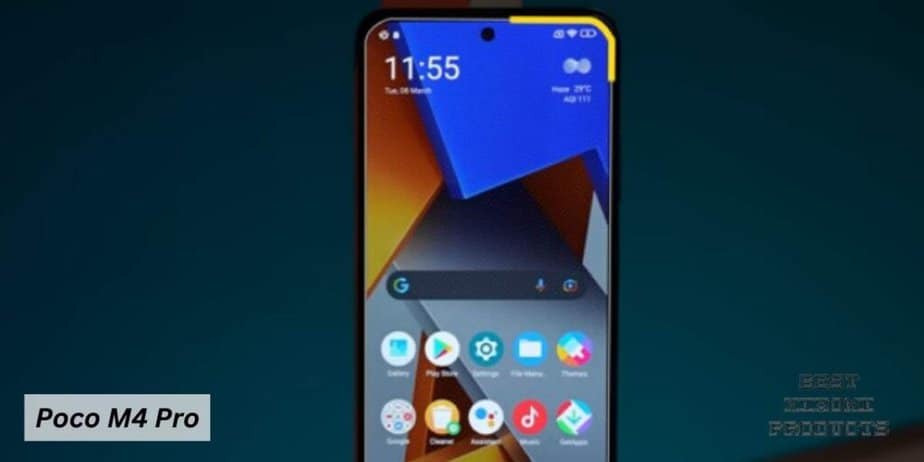

On the other hand, the Umidigi A13 Pro sports a more modest build with a plastic body construction. While it doesn't have any specific water or dust resistance rating mentioned, it still offers a sturdy and reliable build.
Display
The Xiaomi Poco M4 Pro boasts an AMOLED display with a 90Hz refresh rate, delivering smooth and vibrant visuals. With a 6.43-inch size and a resolution of 1080 x 2400 pixels, it offers sharp and immersive viewing experiences.

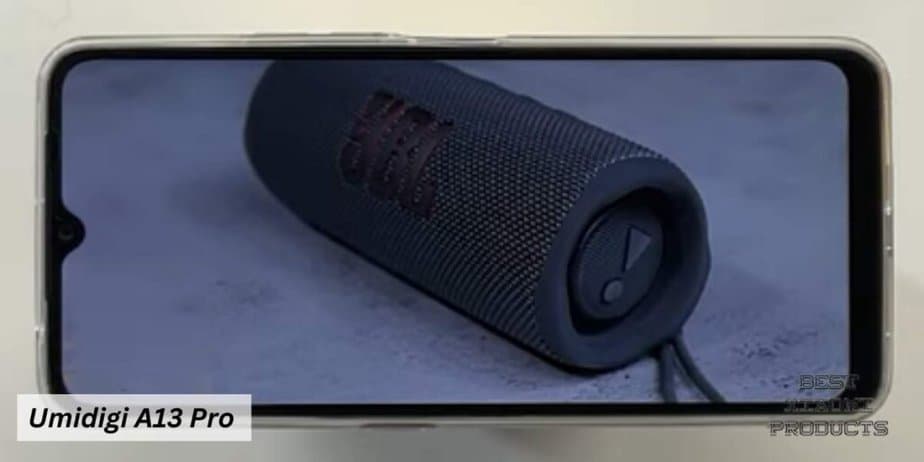
Additionally, the Corning Gorilla Glass 3 protection ensures durability against scratches. In comparison, the Umidigi A13 Pro features a color IPS TFT display with 16 million colors and a standard 60Hz refresh rate.
While it may not provide the same level of visual quality and smoothness as the Poco M4 Pro, it still offers decent clarity and color reproduction.
Performance
When it comes to performance, the Xiaomi Poco M4 Pro runs on Android 11 with MIUI 13 for POCO. It is powered by the Mediatek Helio G96 chipset, an octa-core processor with a combination of 2x2.05 GHz Cortex-A76 cores and 6x2.0 GHz Cortex-A55 cores.
The Mali-G57 MC2 GPU handles graphics-intensive tasks. The phone comes with multiple RAM and storage configurations, ranging from 6GB to 8GB of RAM and 64GB to 256GB of internal storage.

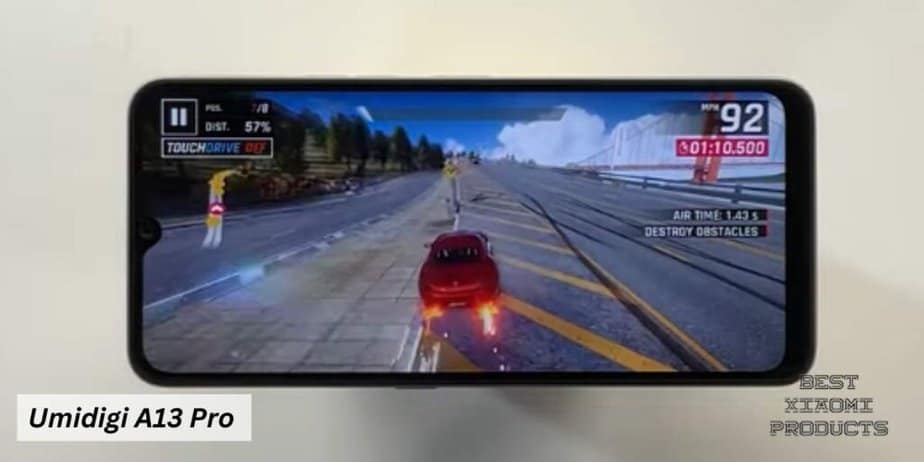
The Umidigi A13 Pro also operates on Android 11 and is equipped with the Unisoc T610 UMS512 chipset. It features an octa-core processor clocked at 1.80 GHz and is paired with an ARM Mali G52 MP2 GPU.
The Umidigi A13 Pro offers 4GB or 6GB of RAM and 128GB of internal storage. While both phones provide satisfactory performance for day-to-day tasks, the Poco M4 Pro's higher-end chipset and larger RAM options offer a more capable and responsive user experience.
Camera Setup
In terms of camera capabilities, the Xiaomi Poco M4 Pro comes with a triple camera setup on the rear. It features a 64MP primary camera, an 8MP ultrawide camera, and a 2MP macro camera.
These lenses allow for versatile photography, including capturing detailed shots, wide-angle landscapes, and close-up shots. The phone's selfie camera is a 16MP shooter that delivers decent self-portraits.
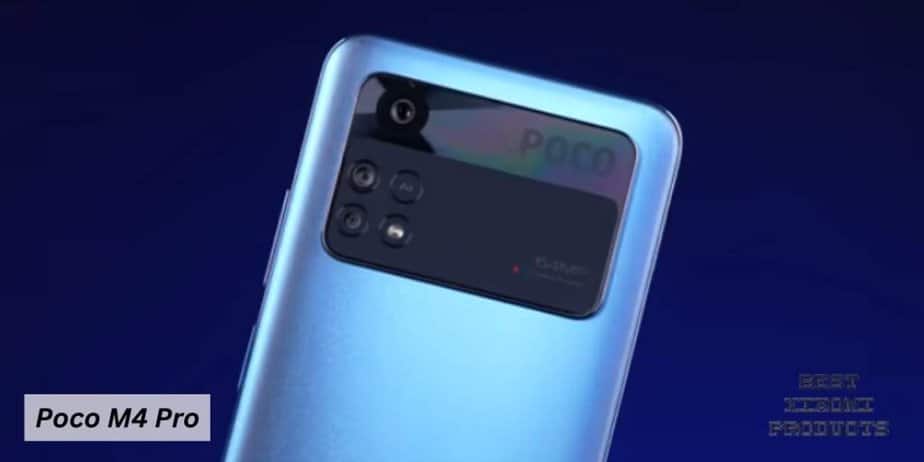

On the other hand, the Umidigi A13 Pro features a single 48MP primary camera, an 8MP ultra-wide camera with a 120-degree field of view, and a 5MP macro camera.
For selfies, it offers a 16MP front-facing camera. While both phones offer respectable camera setups, the Xiaomi Poco M4 Pro's higher megapixel count and additional camera options provide a more diverse and capable photography experience.
Battery
The Xiaomi Poco M4 Pro is equipped with a 5000mAh non-removable Li-Po battery. It supports 33W wired charging with PD3.0 and QC3, allowing for quick charging.
The Umidigi A13 Pro, on the other hand, comes with a slightly larger 5150mAh battery. However, it only supports 10W charging.

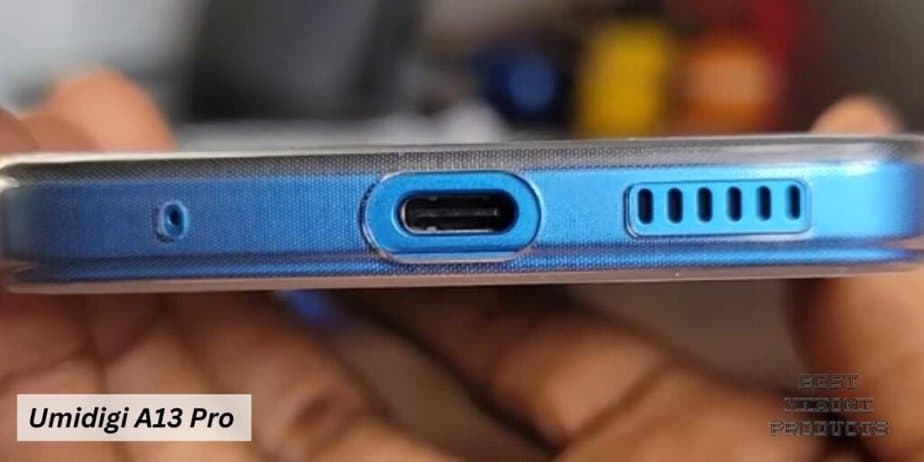
If fast charging is a priority for you, the Xiaomi Poco M4 Pro's 33W wired charging capability provides a significant advantage, allowing you to recharge your device quickly and get back to using it in no time.
The Umidigi A13 Pro's 10W charging may take a bit longer to fully charge the device. However, the larger battery capacity of the Umidigi A13 Pro might offer slightly longer overall battery life, depending on individual usage patterns.
Poco M4 Pro vs Umidigi A13 Pro | Which one is Better?
Overall, both the Xiaomi Poco M4 Pro and the Umidigi A13 Pro have their strengths and weaknesses. The Poco M4 Pro shines in terms of display quality, performance, and camera versatility.
On the other hand, the Umidigi A13 Pro offers a more budget-friendly option with decent specifications. It provides satisfactory performance for everyday tasks, a reasonable camera setup, and a larger battery capacity that may result in longer overall battery life.
The M4 Pro is suitable for individuals who use their phones for gaming, multimedia consumption, or photography enthusiasts who want more control and options in their shots.
Whereas, if you are on a tight budget and don't require the absolute best specifications, the Umidigi A13 Pro offers a more affordable option with decent features, making it suitable for users who primarily use their phones for basic tasks such as calls, messaging, and casual social media browsing.
Xiaomi vs Umidigi | Poco M3 vs Umidigi A9 Pro
| Xiaomi Poco M3 | Umidigi A9 Pro | |
| Display | 6.53-inch FHD+ LCD | 6.3-inch FHD+ LCD |
| ProcessorGPU | Qualcomm Snapdragon 662 Adreno 610 |
Mediatek Helio P60 Mali-G72 MP3 |
| RAM | 4GB/6GB LPDDR4X | 4GB/6GB LPDDR4X |
| Storage | 64GB/128GB | 64GB/128GB |
| Battery | 6,000 mAh battery 18W fast wired charging |
4,150 mAh battery 10W wired charging |
| Camera | Rear: 48MP Main 2MP Ultra-wide 2MP Macro Front: 8MP |
Rear: 48MP Main 16MP Ultra-wide 5MP Macro 5MP Depth Front: 24MP |
| Sound | Dual speakers 3.5mm headphone jack |
Single speaker 3.5mm headphone jack |
| Connectivity | USB-C Dual-SIM Wi-Fi 5 Bluetooth 5.0 IR blaster |
USB-C Dual-SIM Wi-Fi Bluetooth 4.2 IR Thermometer |
| Security | Side-mounted fingerprint sensor Face unlock (insecure) |
Rear-mounted fingerprint sensor Face unlock (insecure) |
| Software | Android 11 MIUI 12 for POCO | Android 10 |
Design and Build
The Poco X3 Pro and Poco F3 are phones that fall in the same price category and yet they look and feel widely different.
Both phones from the front share a similar design language, they have a small notch for the selfie camera. Xiaomi markets this as a Dot Drop Display on the Poco M3 while Umidigi markets this as a Waterdrop Display. I do like Umidigi’s implementation as it is a smaller notch compared to the Poco M3.
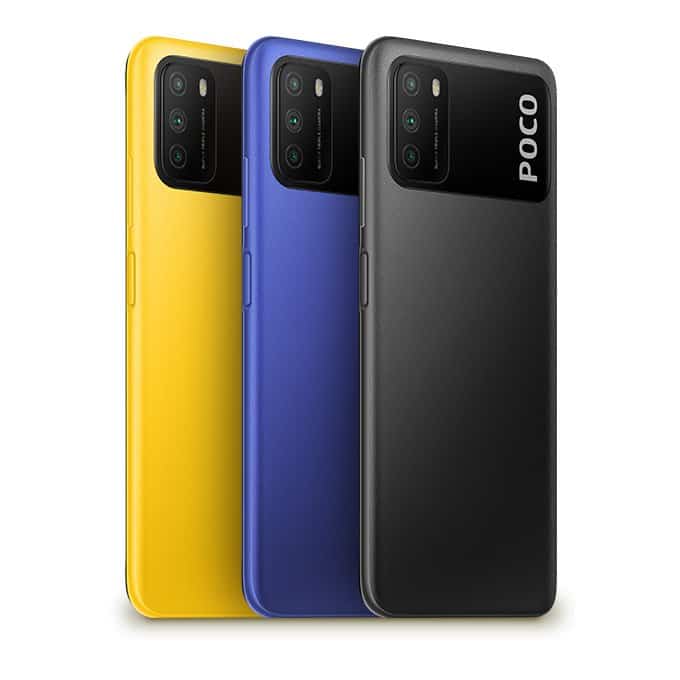

Both phones also come with a slightly thick chin but it isn’t all that bad, as this chin size is comparable to costlier mid-range phones while these are budget devices. Both Xiaomi and Umidigi have done a great job in maximizing the screen area on the front with both phones sporting over 90% screen-to-body ratio.
When you flip the phones, you will find that the phones are much different in design. One is made totally from plastic while the other is made from 2.5D curved glass, making it look and feel more premium. The Xiaomi Poco M3 is all plastic on the back and sides, while the Umidigi A9 Pro is glass on the front and back sandwiched between a layer of metal in the middle.
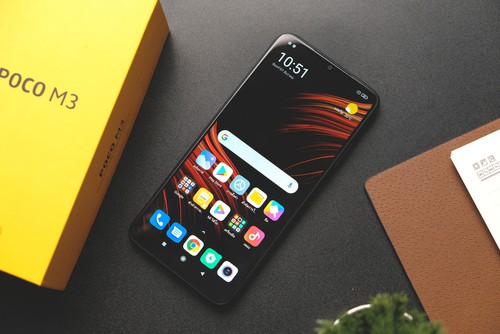
Apart from the feel and material, there are more differences on the back too, like the Xiaomi Poco M3 going with a huge camera module that is almost edge-to-edge. On the other, the Umidigi A9 Pro comes with a much more elegant camera module solution.
The Umidigi A9 Pro also comes with a circular fingerprint sensor, while the Poco M3 has its fingerprint sensor embedded in the power button.

Overall the Umidigi A9 Pro looks and feels much better in my opinion. The textured plastic of the Xiaomi Poco M3 does make it sit well in the hand and isn’t a fingerprint magnet, but it still falls short of the A9 Pro. The Umidigi A9 Pro just looks much better from the elegant camera design, the gradient glass back, and metal sides. It feels like a flagship from a couple of years back which is awesome.
The Umidigi A9 Pro offers much better color options than the Poco M3.
Display
Both the Umidigi A9 Pro and Xiaomi Poco M3 have displays of the same resolution but not the size. Both are Full HD LCD panels that have an aspect ratio of 19.5:9 making them narrow and good for one-handed use.
The Xiaomi Poco M3 comes with a 6.53-inch FHD+ LCD panel with a 90.34% screen-to-body ratio. This display is bigger than the one on the Umidigi A9 Pro. In comparison, the Umidigi A9 Pro comes with a 6.3-inch FHD+ LCD panel with a 90+% of screen-to-body ratio.

I feel that both displays look good and are bright even for use under direct sunlight. There is not much setting them apart, both are vivid, colorful, sharp, and offer a good dynamic range for the price. I would go with the Xiaomi Poco M3 if you want a slightly bigger screen, or the Umidigi A9 Pro if you want a better notch implementation.
Performance
Since both phones fall in the same price category but they come with different internals. There are many budget chips from both Snapdragon and Mediatek, but what Umidigi has done here is quite interesting.
The Umidigi A9 Pro comes with an old midrange chip from Mediatek rather than a new budget chip from Snapdragon or Mediatek. The Umidigi features a Mediatek Helio P60 which is over 3 years old now since it launched in 2018. The reason for this is probably to save costs and the Helio P60 is still a very capable chip for almost any use case.

Xiaomi has a straightforward approach for the Poco M3 as it just slapped in a current-gen budget Snapdragon chip in it. The Poco M3 comes with Snapdragon 662 which is a very good chip found in many budget devices.

When you compare the A9 Pro’s Helio P60 to the Poco M3’s Snapdragon 662, they perform closer than I expected. The Snapdragon 662 is overall the better performer eeking out wins in every benchmark in my tests. But the difference in performance between the two phones is still marginal.
In the Antutu benchmark, the Poco M3 has a lead of less than 3% over the A9 Pro. The scores are 1,74,359 for the Snapdragon 662 vs 1,70,160 for the Helio P60.
In Geekbench 5.3, Umidigi A9 Pro scores 294 in the single-core test and 1430 in the multicore test. In comparison, the Xiaomi Poco M3 scores 314 in the single-core test and 1397 in the multicore test. This makes them almost evenly matched with the Snapdragon 662 having better single-core performance while the Helio P60 is better at multicore performance.
When it comes to graphics, the Poco M3 comes with Adreno 610 graphics which again is slightly better than the Mali-G72 MP3 found on the A9 Pro. Both phones also come with 4 or 6 GBs of LPDDR4X RAM and 64 or 128 GBs of fast UFS 2.1 storage.
I would choose the Xiaomi Poco M3 if performance is very important for you, but if the A9 Pro comes in a bit cheap then I would go with the cheaper option.
Cameras

The camera setup for these phones is different, with the Umidigi A9 Pro sporting a quad-camera setup while the Xiaomi Poco M3 houses a triple camera setup. The Umidigi A9 Pro comes with much better camera specs on paper.
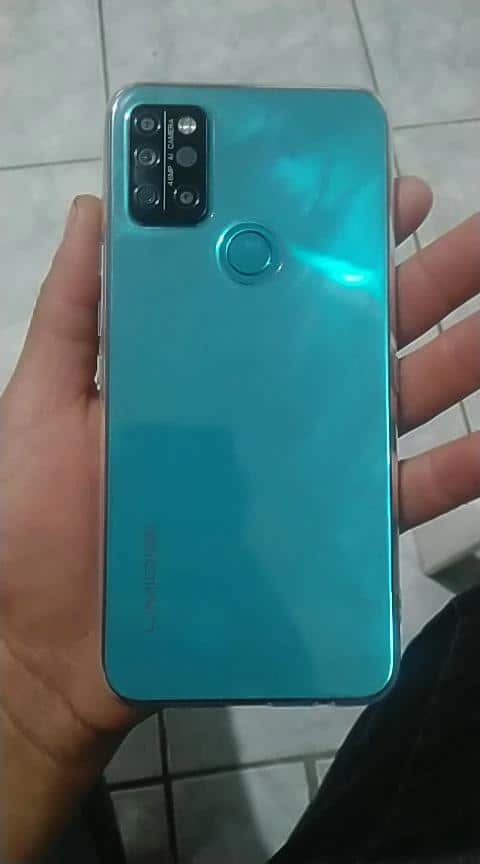
The Xiaomi Poco M3 comes with a primary 48 MP sensor, an 2 MP ultra-wide sensor, and a 2 MP macro lens. It also comes with an 8 MP selfie camera too. The rear cameras do very well when shooting with a lot of natural light. The colors are a little muted still much better than I expected.
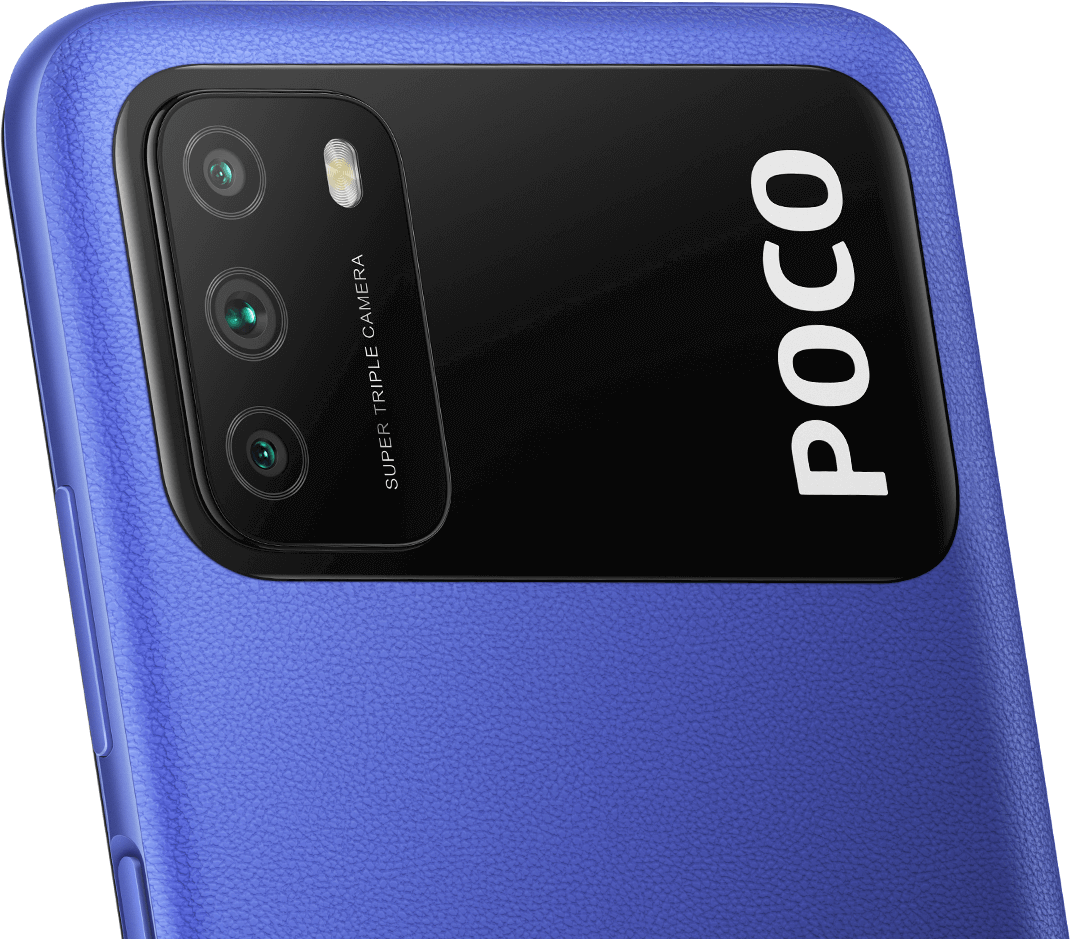
The camera setup struggles in low light and indoors, which is expected at this price range. The selfie camera is decent and gets the job done, it is crisp and detailed with a lot of heavy processing similar to other Xiaomi phones.

The Umidigi A9 Pro is equipped with a 48 MP primary sensor, a 16 MP ultrawide sensor, a 5 MP depth sensor, and a 5 MP macro lens. The A9 Pro sports a 24 MP selfie camera. On paper, this is a much better camera setup than the Poco M3 and this translates to real-life performance too.




The photos and videos are much more detailed and sharp on the A9 Pro. The colors are also very vivid and look beautiful. The secondary lens is especially much better than the ones on the Poco M3.
The ultrawide and macro shots from the A9 Pro are much more detailed than from the Poco M3. Even the selfie camera is better, it is more detailed and doesn’t soften the face as aggressively as the Xiaomi Poco M3.
If you take a lot of photos on your phone, you should go with the Umidigi A9 Pro. It is better in every aspect of the camera performance.
Battery Life

Xiaomi phones have almost always been amazing when it comes to battery life. And I think the Poco M3 will easily beat the Umidigi A9 Pro when it comes to battery life.
The Xiaomi Poco M3 features a 6,000 mAh battery which is enormous when compared to the measly 4,150 mAh battery on the A9 Pro. This coupled with the power-efficient Snapdragon 662, the Poco M3 provides over 16 hours of video playback in our tests. The A9 Pro only lasted 11 hours on the same test. The Poco M3 also comes with 18W fast charging while the A9 Pro can only do 10W max.
So it is a no-brainer when it comes to the battery life of these phones, the Poco M3 trumps the A9 Pro easily.
Conclusion
It’s a fairly easy conclusion this time out, choose based on your needs.
If you want a good-looking, well-rounded phone with an excellent camera system for the price, then choose the Umidigi A9 Pro. But if you don’t care about looks or the camera performance then get the Xiaomi Poco M3 for its superior performance and stellar battery life.
Both phones are similar when it comes to screen, RAM, storage, and connectivity. So I would recommend you to invest in the Umidigi A9 Pro for the overall package but if performance and battery life are very important, then the Poco M3 is the better choice. It is great to see such good phones in this price range.
FAQs
Should I buy a UMIDIGI phone?
Can Xiaomi phones be trusted?
Regardless of all the good, there is criticism too. Xiaomi is known to ship smartphones with ads. And Xiaomi has been also accused of sending out targeted ads. But this is a feature of low-end and midrange phones so that Xiaomi could earn some extra cash. Xiaomi allows you to disable these ads and you can even restrict information collection on your Xiaomi phone.
And this is a practice, even the mighty Samsung follows, most smartphone companies provide targetted ads to reduce phone costs, but you can turn them off if needed. So, Xiaomi is still trustworthy as they are not doing anything malicious with information collected from your phone.
Is UMIDIGI a good brand?
Also Read:
